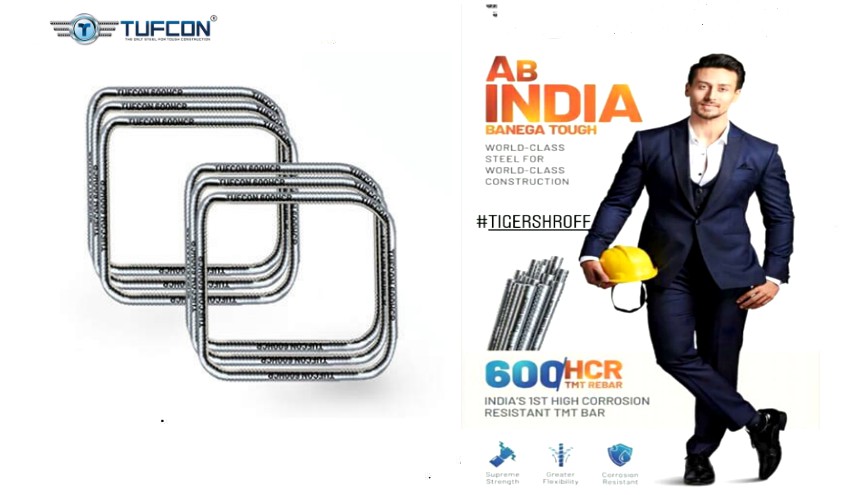TMT (Thermo-Mechanically Treated) bars are an essential component in the construction industry, known for their high strength, ductility, and corrosion resistance. The production of Tufcon TMT bars involves a meticulous series of steps, each designed to ensure the highest quality of the final product. Below is an in-depth look at each stage of the process:
What is TMT?
The full form of TMT is Thermo Mechanically Treated and it’s a manufacturing process steel products like nails, rebars, binding wires etc. Among all other steel manufacturing process , TMT is the considered as the best steel manufacturing process among all other steel manufacturing process. But what’s there in TMT manufacturing process.
Process of TMT Manufacturing
First stage-
Finished TMT steel products are made of majorly iron and carbon with other elements. After collecting the Billets, those are sent to laboratory for testing of elements. After that selected amount of Billets are melted in electric furnaces and the melted liquid is poured into Continuous Casting Machine. From the casting machine rectangular cross sectional billets are produced.
So, from alloy steel billets are ready.
2nd stage-
Now billets are passed through rolling mill to give it a shape of a bar. In the rolling mill stand it’s heated and rolled rapidly.
3rd stage-
Now the billets are tranformed into the TMT bars of various diameters and sizes by quenching, tempring and cooling method.
- quenching – After leaving the final milling stand the bars are quenched by special water spray system in the quenching box. This is performed to harden the surface at the same time the core remains soft. Increased tensile strength, durability and the size of shrinks are the benefits of quenching process.
- Tempering– As we know the core of the bar is still in a higher temperature it continues to supply heat to the outer surface of the bar. This causes self tempering of the outer surface of the bar.
- Cooling– To balance the temperature between the outer surface and the inner core the bars are allowed to cool down in coiling beds in normal temperature. Thus a perfect TMT bar with a strong outer surface and ductile core is manufactured.
Quality Control Measures
- Quality of Raw Materials
• The quality of the raw materials used, such as steel billets, plays a crucial role in determining the final quality of TMT bars. High-grade steel with low impurities is preferred to ensure consistency and strength. - Quality Rolling Mill
• The rolling mill must be of high quality to provide uniform and precise dimensions to the rebars. Modern rolling mills are equipped with automated systems to maintain consistency and accuracy during the rolling process. - Quenching and Tempering System
• The system used for quenching and tempering must be capable of maintaining precise control over the temperature and cooling rate. This ensures that the bars achieve the desired mechanical properties and structural integrity.
Conclussion:
The Tufcon TMT manufacturing process is a blend of meticulous preparation, innovative technology, and stringent quality control. By leveraging advanced techniques and unique features, Tufcon delivers TMT bars that meet the highest standards of durability, strength, and cost-efficiency. Whether for large-scale infrastructure projects or bespoke construction needs, Tufcon TMT bars are engineered to provide exceptional performance and reliability.
But there is a advanced technology of TMT manufacturing which is called Tempcore Technology. This German technology has been proven benificial for steel manufacturers without compromising the quality of steel. To know the benifits of tempcore technology TMT you can read our article here.


